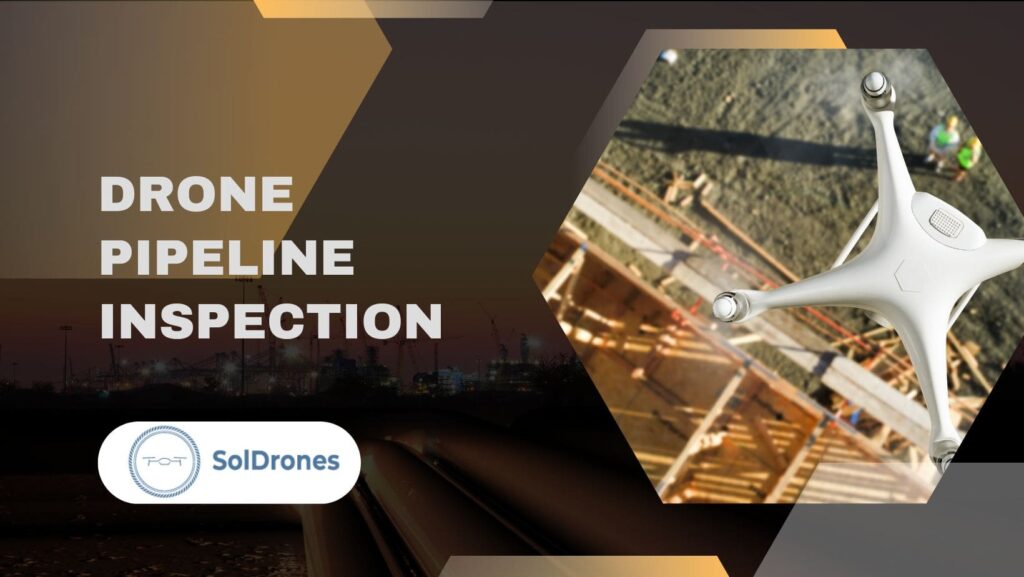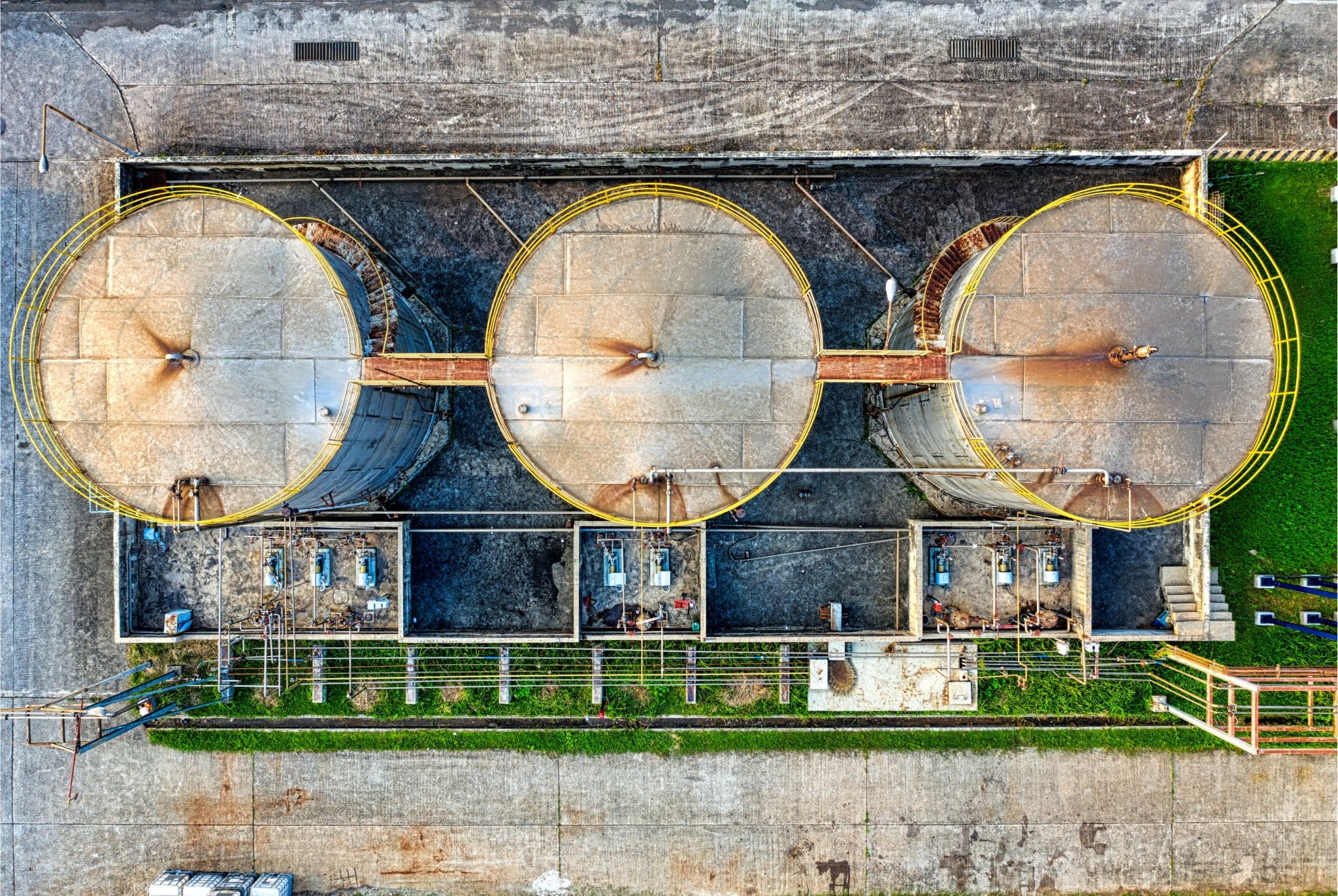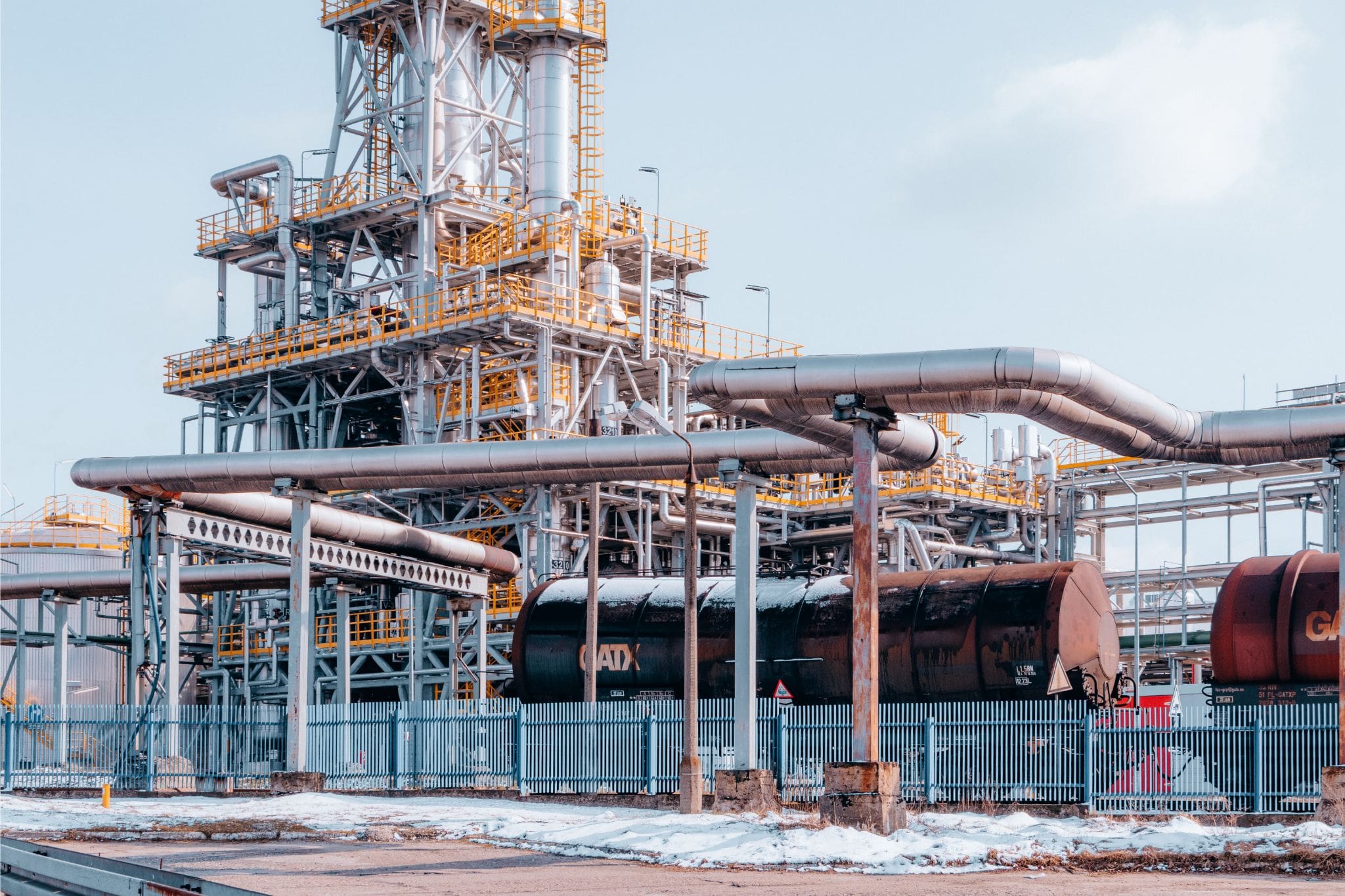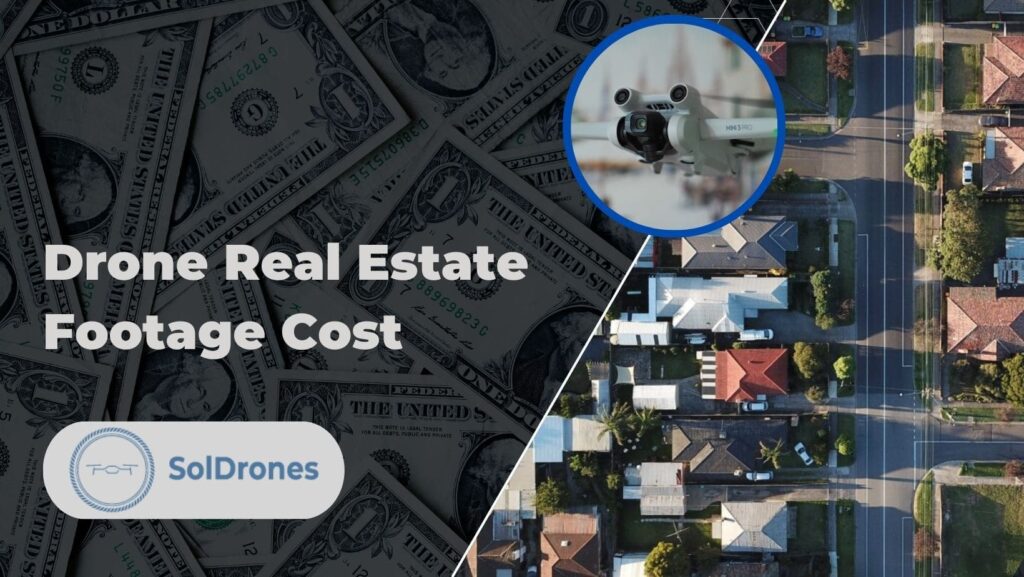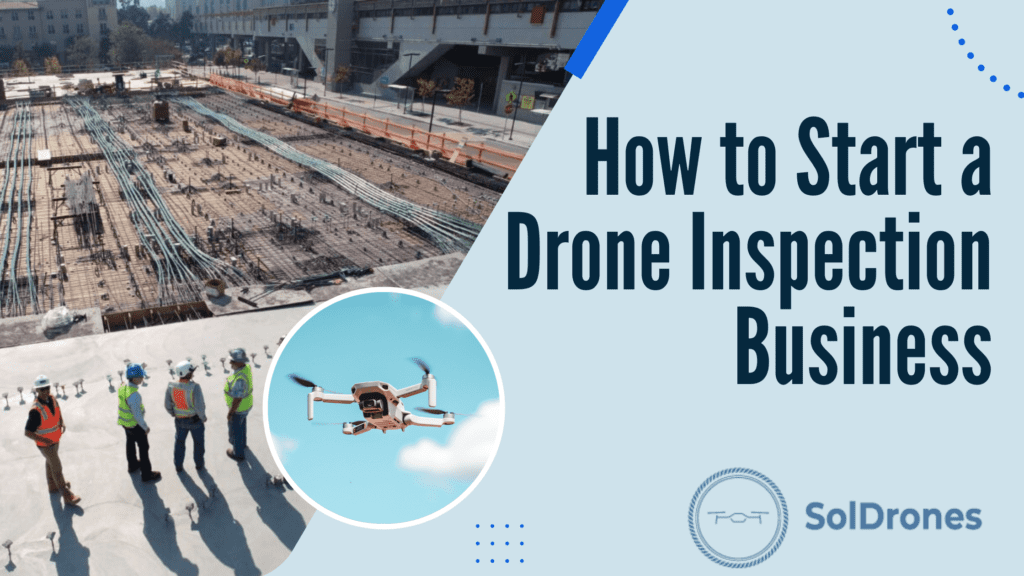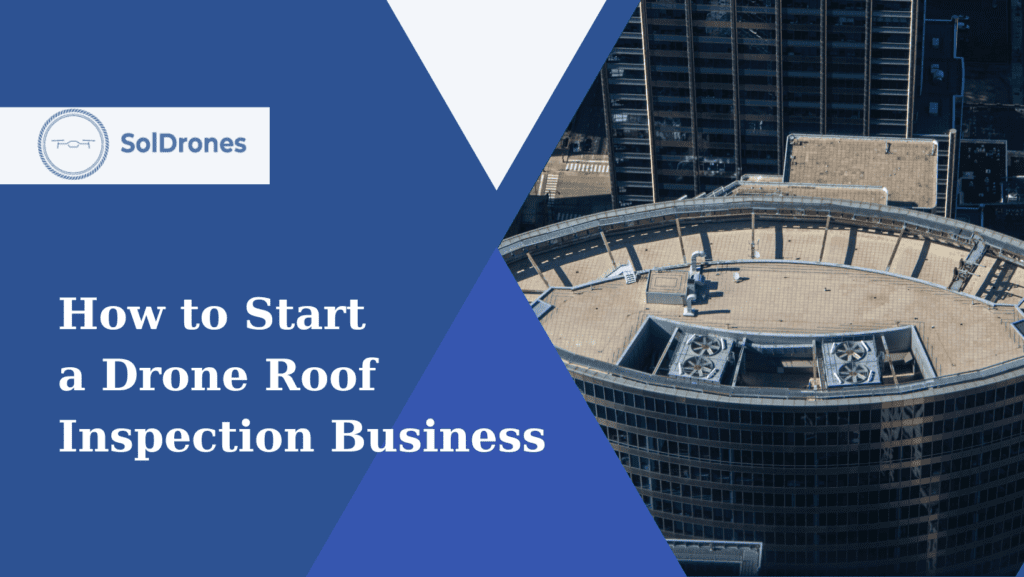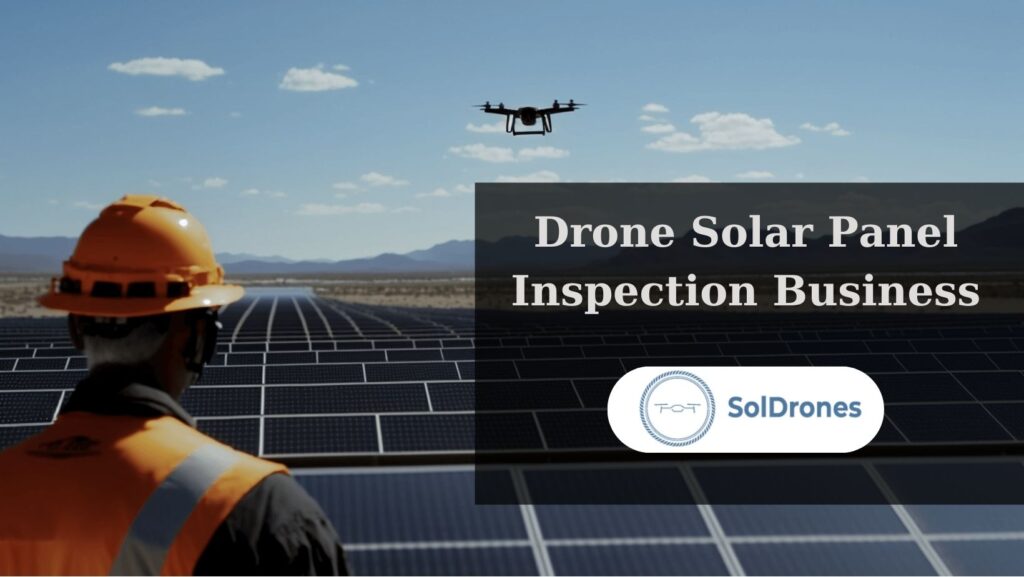In a world powered by fossil fuels, a spider web of pipelines crisscrosses the planet, silently transporting oil and gas to power our lives. But what happens when these lifelines falter? Enter drones.
These aerial wonders have swiftly reshaped the landscape of gas pipeline inspection. Gone are manual checks and guesswork; the future belongs to aerial pipeline inspection.
Leveraging cutting-edge technology, drones promise efficiency, precision, and, most importantly, improved worker safety. As industries evolve, so do methods. This article aims to shed light on the transformative power of drones when inspecting oil and natural gas pipelines, offering readers a rare glimpse into the future of pipeline inspections.
Article Highlights:
- Drones revolutionize pipeline inspections, offering unparalleled efficiency, safety, and cost-effectiveness over traditional methods.
- As companies navigate drone integration challenges, the benefits extend beyond financial gains to environmental protection and stakeholder transparency.
- Drone technology choices for pipeline operators range from in-house programs to third-party services, allowing tailored approaches for optimal results.
No products found.
The Evolution of Pipeline Inspection
Pipelines, often referred to as the arteries of the energy sector, are indispensable. They channel the lifeblood that powers nations, and with this monumental role comes the dire need for consistent maintenance.
- Traditional Methods: Historically, monitoring pipelines was a herculean task. Crewed aircraft would frequently survey from above while ground teams conducted foot patrols, trudging alongside the lengthy pipelines.
- Limitations: These age-old practices, although reliable, had their constraints. Sending crews to inspect remote or inaccessible areas was a logistical nightmare. Moreover, such methods were not just resource-intensive but also consumed a lot of time.
The reliance on these older techniques underscored a palpable need for change, a shift towards more efficient and less time-consuming solutions.
The Rise of Drone Technology in the Oil and Gas Industry
In the rapidly evolving landscape of technological advancements, drone technology stands out as a game-changer.
Embracing drone technology signals a progressive stride in the oil and gas industry, merging innovation with crucial operational needs.
With the UAV (Unmanned Aerial Vehicles) industry projected to soar in the coming years, the implications for the oil and gas sector are profound.
- Efficiency: Unlike traditional methods, drones can swiftly cover vast expanses of pipelines, capturing detailed imagery and data in a fraction of the time.
- Safety: Instead of dispatching crews to challenging terrains or potentially hazardous zones, drones take on the risk, reducing human exposure to dangerous conditions.
- Cost-Effectiveness: The shift to drone inspections offers a compelling financial case. With reduced manpower and faster inspection times, the savings can be substantial compared to age-old techniques.
Embracing drone technology signals a progressive stride in the oil and gas industry, merging innovation with crucial operational needs.
Benefits of Drone Pipeline Inspections
The paradigm shift towards drone-assisted inspections isn’t merely due to technological fascination but a direct response to the tangible benefits drones offer.
- Maximized Uptime & Cost Efficiency: With quicker inspections, plants face lesser downtime, directly impacting the bottom line. Companies can harness both maximum uptime and reduced costs by employing roof drones.
- Augmentation, Not Replacement: Drones don’t eliminate existing systems but enhance them, streamlining processes for optimal output.
- Safety First: By deploying drones, the need for human intervention in hazardous zones decreases, enhancing worker safety and subsequently reducing liability risks.
- Early Leak Detection: Advanced drone tech, especially thermal cameras, can pinpoint even minor gas leaks, ensuring timely rectification and preventing larger disasters.
- Unparalleled Access: Difficult terrains or inaccessible regions? Drones conquer them with ease, making previously challenging inspections straightforward.
- Operational Efficiency: Drones simplify the equation – they require less manpower and time, leading to substantial savings.
- Quick Deployment: In case of emergencies or sudden issues, drones can be airborne in moments, offering rapid response capabilities.
The profound advantages of drone pipeline inspections are hard to ignore, offering operational enhancements and financial benefits.
Practical Application: From Theory to Practice
In pipeline inspections, transitioning from traditional methods to drone technology isn’t merely a theoretical enhancement; it’s a transformative leap observed in real-world applications.
Video Credit: Workswell
- Testimonials Tell the Tale: Take Bill W., for instance. His pipeline inspections underwent a seismic shift once he integrated drones, translating into swiffer assessments, sharper accuracy, and substantial cost savings.
- Pre-construction Route Vetting: Determining the most efficient route is crucial before laying down miles of pipeline. With their aerial advantage, drones make this preliminary vetting a breeze, offering detailed terrain analysis and potential obstacle identification.
- The Post-construction Perspective: Once pipelines are laid, and storage tanks are in place, the task doesn’t end. Aerial monitoring ensures pipeline and tank integrity, quickly spots issues, and facilitates timely interventions.
The journey from theorizing about drone benefits to experiencing them in real-life scenarios underscores UAVs’ game-changing capabilities in the oil and gas sector.
Challenges and Solutions
Even as drone technology soars in the oil and gas industry, navigating the airspace between hype and reality is essential.
Hype vs. Reality
While drones promise transformative capabilities, companies should ensure their expectations align with practical outcomes. It’s not just about buying a drone; it’s about integrating it effectively into operations.
The Question of Scale
Implementing drones for a single site might be straightforward, but large-scale deployment poses challenges. From coordinating multiple flights to handling vast amounts of data, scalability requires strategy.
To Build or to Outsource?
A pivotal decision for businesses is whether to develop in-house drone capabilities or to partner with specialized providers. This choice hinges on capital, expertise, and long-term operational needs.
Flying Within the Lines
Regulatory frameworks have become tighter with the emerging prominence of drones in pipeline inspection. Staying compliant isn’t just about safety; it’s about understanding and adapting to evolving drone regulations.
By addressing these challenges head-on, companies can harness the full potential of drone technology while sidestepping potential pitfalls.
Drone Technology Options for Pipeline Operators
In the ever-evolving world of pipeline operations, choices abound, especially when integrating drone technology. Understanding the spectrum of options is vital to ensure a tailored and efficient approach.
- Third-party Drone Services: These turnkey solutions provide immediate access to drone expertise and equipment. The upsides? Speedy implementation and reduced upfront costs. However, the trade-offs include potential long-term costs and less direct control over operations.
- In-house Drone Programs: Building an in-house fleet requires significant equipment, training, and maintenance investment. The payoff? Complete operational control and customization to specific needs. On the flip side, companies shoulder all responsibility and risks.
- Hybrid Programs: Merging the strengths of third-party services and in-house capabilities, hybrid models offer flexibility. They allow companies to maintain strategic control while leveraging specialized expertise when needed.
Strategically navigating these options, pipeline operators can capitalize on drone technology to best complement their business goals and operational demands.
Beyond the Bottom Line: Immeasurable Benefits of Drones
In pipeline inspections, drones offer more than just financial savings; they pave the way for intangible yet profoundly impactful advantages.
Avoiding Disputes and Litigation
With crystal-clear aerial imagery and accurate data, companies can reduce misunderstandings, preemptively address concerns, and sidestep potential legal hurdles. This safeguards the company’s reputation and fortifies trust within the community.
Enhancing Stakeholder Communication and Transparency
By integrating drone data into stakeholder reports, companies provide a vivid, real-time snapshot of operations. This transparency fosters enhanced communication, allowing stakeholders to visualize progress, challenges, and steps to ensure operational excellence.
The Environmental and Societal Payoff
Early leak detection isn’t just about cost savings; it’s an environmental imperative. By catching leaks swiftly, drones minimize environmental damage, protecting local ecosystems. Additionally, reduced accidents mean safer communities and a preserved natural world for future generations.
Incorporating drones isn’t just a business decision; it’s a commitment to broader societal and environmental well-being.
Final Thoughts
The transformative power of drone technology in the oil and gas industry is undeniable. From revolutionizing traditional pipeline inspection methods to enhancing worker safety and operational efficiency, drones have ushered in a new era of precision and accountability.
The real-world applications underscore their potential while addressing challenges to ensure a sustainable integration. As pipeline operators weigh the merits of in-house programs versus third-party services, the benefits stretch beyond mere cost savings.
They provide a lens of transparency, environmental stewardship, and community trust. Embracing drones isn’t just a strategic move; it’s a leap towards a safer and more responsible future.
FAQs
How are drones transforming pipeline inspections in the oil and gas sector?
Traditional pipeline inspection methods, while tried and tested, come with their set of limitations. These limitations, ranging from safety concerns to cost issues, are being astutely addressed using drones.
With their nimble form and advanced technological capabilities, drones provide a more efficient, safer, and economical alternative. One of the most significant advantages is their ability to swiftly and safely access areas that are either too remote or too hazardous for human access. Coupled with their ability to house advanced equipment like thermal cameras, drones can offer early and precise leak detection, ensuring efficiency and unprecedented safety.
By replacing or reducing manual inspections, drones act as a shield, keeping workers from potential dangers associated with traditional methods.
What benefits do drone inspections offer over traditional pipeline inspection methods?
The advantages of using drones over the conventional way to monitor pipelines are multifold. To begin with, drone inspections dramatically improve the uptime of plants while reducing unnecessary expenditures, striking a balance between operational efficiency and cost-effectiveness.
Streamlining processes becomes simpler, as drones can often accomplish in hours what would traditionally take days. The inherent risks associated with manual inspections, which often require workers to be near potentially hazardous conditions, are considerably reduced. The birds-eye view provided by drones and their early leak detection capability ensures that potential issues are identified promptly.
Furthermore, reaching remote locations, which could be logistically challenging and expensive, becomes easier. This swift access ensures reduced deployment time and a significant cut in labor costs, leading to a harmonious fusion of safety and operational efficiency.
How are drone technologies being practically applied in the oil and gas companies?
The burgeoning influence of drones in the oil and gas sector is wider than theoretical advantages. Their practical applications are diverse and abundant. One major application is pre-construction, where drones assist in route vetting, ensuring optimal and safe routes for oil and gas pipelines.
Following the construction phase, drones play a pivotal role in line inspections, ensuring the structural integrity and functionality of the pipelines. Voices from within the industry, like Bill Washek, emphasize the profound impact of aerial monitoring. Their testimonials and experiences provide a vivid picture of how drones have drastically augmented pipeline management efficiency in a relatively short span.
What challenges do companies face when integrating drone technology for pipeline inspections?
Companies often grapple with managing expectations, distinguishing between the tantalizing potential and the current capabilities of drone technology. When contemplating large-scale drone deployments, scalability issues come to the front.
Companies are also faced with deciding whether to establish an in-house drone program, which could offer more control but require significant investment, or outsource to specialized providers. Navigating the intricate web of regulations is another hurdle, as ensuring full regulatory compliance is paramount.
What are the immeasurable benefits of using drones when inspecting pipelines?
One of the standout benefits is the acquisition of reliable and precise data. When presented in stakeholder meetings or legal scenarios, such data can be pivotal in preventing disputes and potential litigation. Using drones inherently boosts communication channels, ensuring enhanced transparency with all stakeholders.
From an ecological perspective, the value of drones is immeasurable. Their early leak detection capabilities protect investments and act as guardians for local communities and delicate ecosystems, minimizing the impact of accidents and ensuring a harmonious coexistence with nature.

